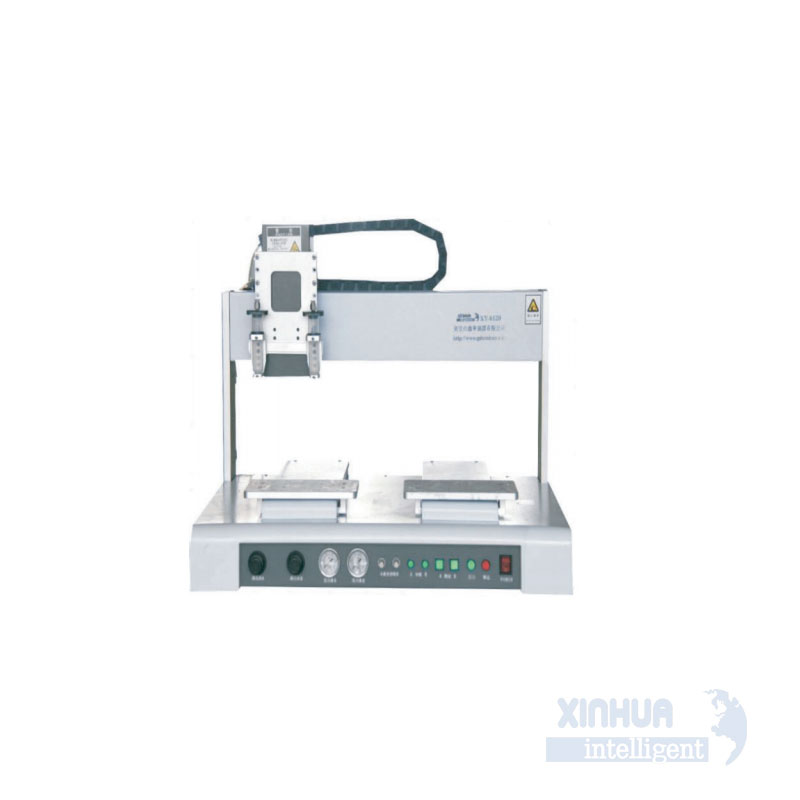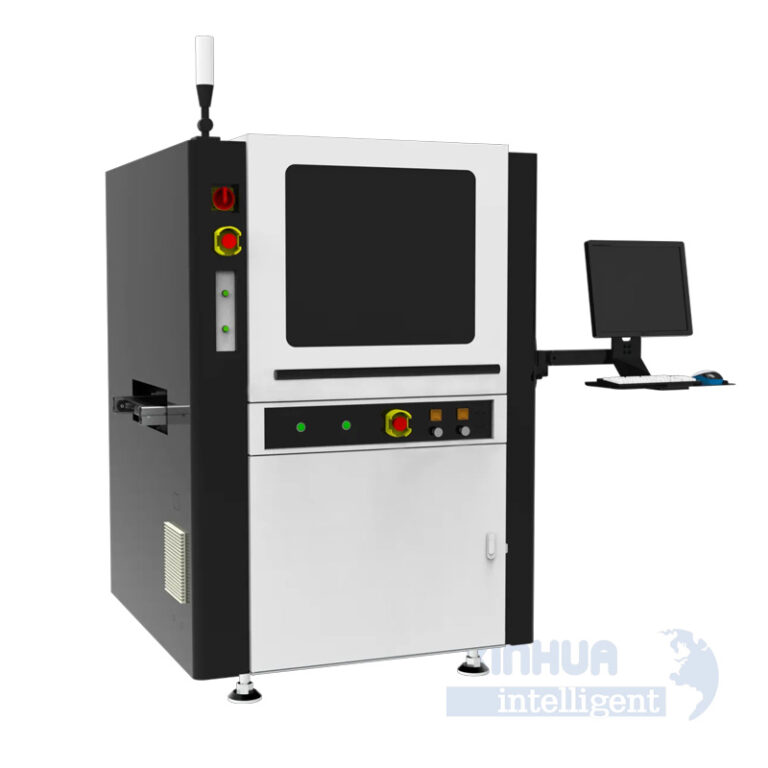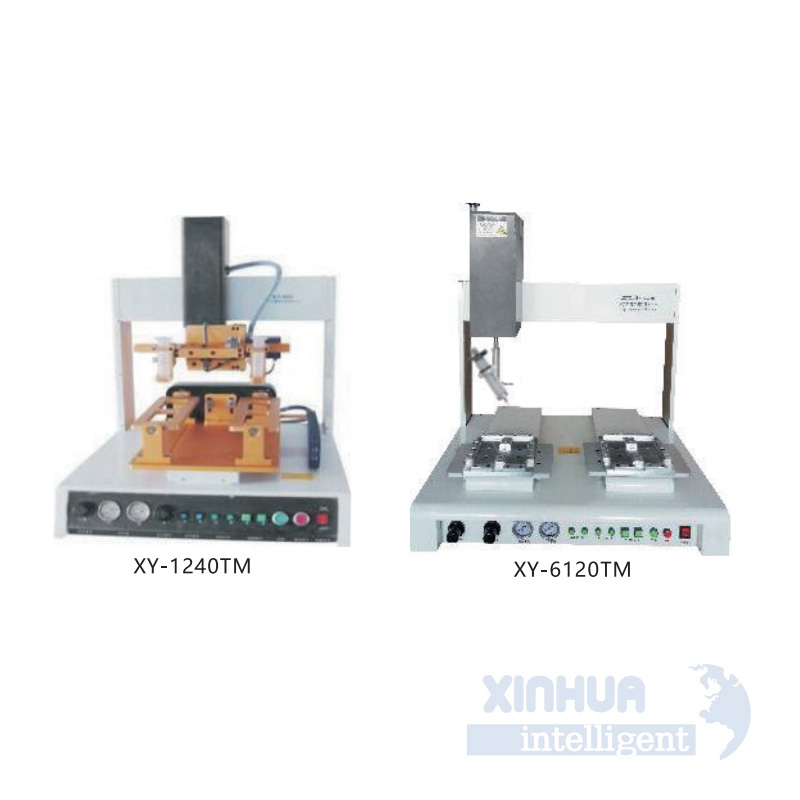
Title: Overcoming Challenges in LED Driver Potting with Advanced Glue Potting Machines
In the rapidly evolving world of LED lighting, ensuring product reliability and longevity is critical. One of the key manufacturing steps that significantly impacts performance is the potting process for LED drivers. As manufacturers strive to meet increasing demands for energy efficiency, durability, and miniaturization, traditional manual or semi-automated potting methods are proving insufficient.
This article explores the common challenges faced during the potting of LED drivers, discusses practical and technical solutions offered by modern glue potting machines, highlights real-world applications, and concludes with a call to action for manufacturers seeking reliable automation partners—like Xinhua Intelligent.
—
1. Common Pain Points or Challenges in LED Driver Potting
Potting is the process of encapsulating electronic components (such as LED drivers) in a protective resin or epoxy compound to enhance mechanical stability, thermal management, and environmental resistance. While essential, this step presents several challenges:
A. Inconsistent Mixing Ratios
Most potting compounds require precise mixing ratios of two or more components (typically resin and hardener). Inaccurate mixing can lead to incomplete curing, reduced mechanical strength, and compromised insulation properties. Manual mixing processes are particularly prone to errors due to human inconsistency or improper calibration.

B. Air Bubbles and Voids
Air entrapment during dispensing or pouring can result in bubbles within the potting material. These voids weaken structural integrity, reduce thermal conductivity, and create pathways for moisture ingress—especially problematic in outdoor or high-humidity environments.
C. Material Waste and Inefficiency
Traditional potting techniques often result in over-dispensing or spillage due to imprecise metering systems. This not only increases material costs but also adds time-consuming cleanup tasks and potential contamination risks.
D. Time-Consuming Processes
Manual or semi-automated potting slows down production lines. The need for frequent operator intervention, long setup times, and inconsistent cycle durations hinder throughput and scalability.
E. Operator Safety and Health Risks
Handling reactive chemicals like polyurethane, silicone, or epoxy resins without proper protection can pose health risks, including skin irritation and respiratory issues. Ensuring compliance with occupational safety standards becomes increasingly difficult with manual operations.

—
2. Practical and Technical Solutions: How Modern Glue Potting Machines Address These Issues
To overcome these pain points, manufacturers are turning to automated glue potting machines—precision-engineered systems designed specifically for high-volume, high-reliability potting applications. Here’s how they tackle each challenge:
A. Precision Metering and Mixing Systems
Modern glue potting machines employ advanced volumetric or gravimetric metering systems to ensure accurate mixing ratios. These systems use servo-driven pumps or piston dispensers capable of maintaining tolerances within ±1%, even at high speeds. Some machines also integrate dynamic mixing technology, which ensures homogeneous blends by continuously agitating the mixture during dispensing.
B. Vacuum-Assisted Degassing and Dispensing
To eliminate air bubbles, leading-edge potting machines incorporate vacuum chambers or inline degassing units. By removing trapped air before dispensing, these systems produce bubble-free results that enhance both the electrical insulation and mechanical robustness of the potted LED driver.
C. Programmable Dispensing Paths and Volumes
CNC-controlled dispensing heads allow for precise control over the amount and location of potting material applied. With programmable paths, manufacturers can tailor dispensing patterns to fit complex housing geometries, minimizing waste and optimizing material usage. Integration with CAD data enables quick setup and reduces trial-and-error adjustments.
D. High Throughput and Reduced Labor Dependency
Fully automated systems streamline the potting process by eliminating manual handling. Batch processing, multi-station configurations, and robotic integration enable continuous operation with minimal downtime. These features not only increase throughput but also improve consistency across large production runs.
E. Closed-Loop Material Handling and Operator Safety
Automated glue potting machines feature sealed material delivery systems that minimize exposure to harmful fumes and skin contact. Many systems also include automatic cleaning cycles and material flushing mechanisms, further reducing operator involvement and enhancing workplace safety.
Additionally, smart monitoring and diagnostic tools embedded in modern machines provide real-time feedback on system performance, material levels, and fault detection—enabling predictive maintenance and reducing unplanned downtime.
—
3. Real-World Applications of Glue Potting Machines in LED Manufacturing
The adoption of automated glue potting machines has transformed LED driver manufacturing across various industries. Below are some notable applications:
A. Outdoor and Industrial Lighting
LED drivers used in streetlights, tunnel lights, and industrial fixtures must endure harsh environmental conditions such as extreme temperatures, humidity, and vibration. Automated potting ensures full encapsulation, protecting sensitive electronics from corrosion and mechanical stress.
For example, a major European lighting manufacturer integrated an automated glue potting system into its production line for high-power floodlights. The result was a 40% reduction in field failures and a significant improvement in IP68 certification compliance.

B. Smart Lighting and IoT-Enabled Devices
As LED lighting becomes smarter, integrating sensors, Wi-Fi modules, and power management chips, the need for precision potting grows. These densely packed boards require targeted dispensing to avoid coating connectors or heat-sensitive components.
A U.S.-based smart lighting startup implemented a CNC-controlled potting machine with vision-guided alignment. This allowed them to pot intricate PCB assemblies without compromising connectivity or thermal performance, enabling faster time-to-market.
C. Miniature and Modular LED Drivers
With the trend toward compact and modular lighting designs, space constraints make manual potting impractical. Precision dispensing machines offer micro-dosing capabilities, allowing manufacturers to apply small volumes of potting material exactly where needed.
A Chinese OEM specializing in plug-and-play LED modules adopted a dual-component dispensing system with a resolution down to 0.1 ml. This enabled them to scale production while maintaining tight quality controls for their export markets.
D. Automotive and Transportation Lighting
LED drivers in automotive applications face rigorous shock, vibration, and thermal cycling requirements. Fully automated potting ensures consistent coverage and bonding strength, meeting ISO/TS 16949 and other automotive quality standards.
An automotive supplier in Japan upgraded to a fully enclosed, vacuum-assisted potting system, resulting in zero voids in potted components and a 25% reduction in rework rates.
—
4. Conclusion: Embrace Automation for Reliable LED Driver Production
The transition from manual or semi-automated potting to fully integrated glue potting machines represents a strategic investment in quality, efficiency, and competitiveness. By addressing common pain points such as inconsistent mixing, air entrapment, and labor inefficiencies, modern systems empower manufacturers to deliver high-performance LED drivers that meet today’s demanding market expectations.
Whether you’re producing industrial-grade lighting, smart home devices, or automotive components, choosing the right automation partner is crucial. Xinhua Intelligent, a leader in intelligent dispensing and potting solutions, offers a comprehensive range of glue potting machines tailored for LED driver applications. Their systems combine cutting-edge metering technology, intuitive software interfaces, and robust engineering to support scalable, error-free production.
If you’re ready to elevate your LED manufacturing capabilities and achieve superior potting results, it’s time to explore what Xinhua Intelligent can offer. Visit [www.xh-intelligent.com](http://www.xh-intelligent.com) or contact our team today to schedule a consultation or demo. Let us help you turn precision into performance.
—
Call to Action (CTA):
Are you facing bottlenecks in your LED driver potting process? Discover how Xinhua Intelligent’s automated glue potting machines can transform your production line. Contact us now to request a free application analysis and see how we can optimize your workflow, reduce waste, and enhance product reliability.
Your success starts with the right solution.
